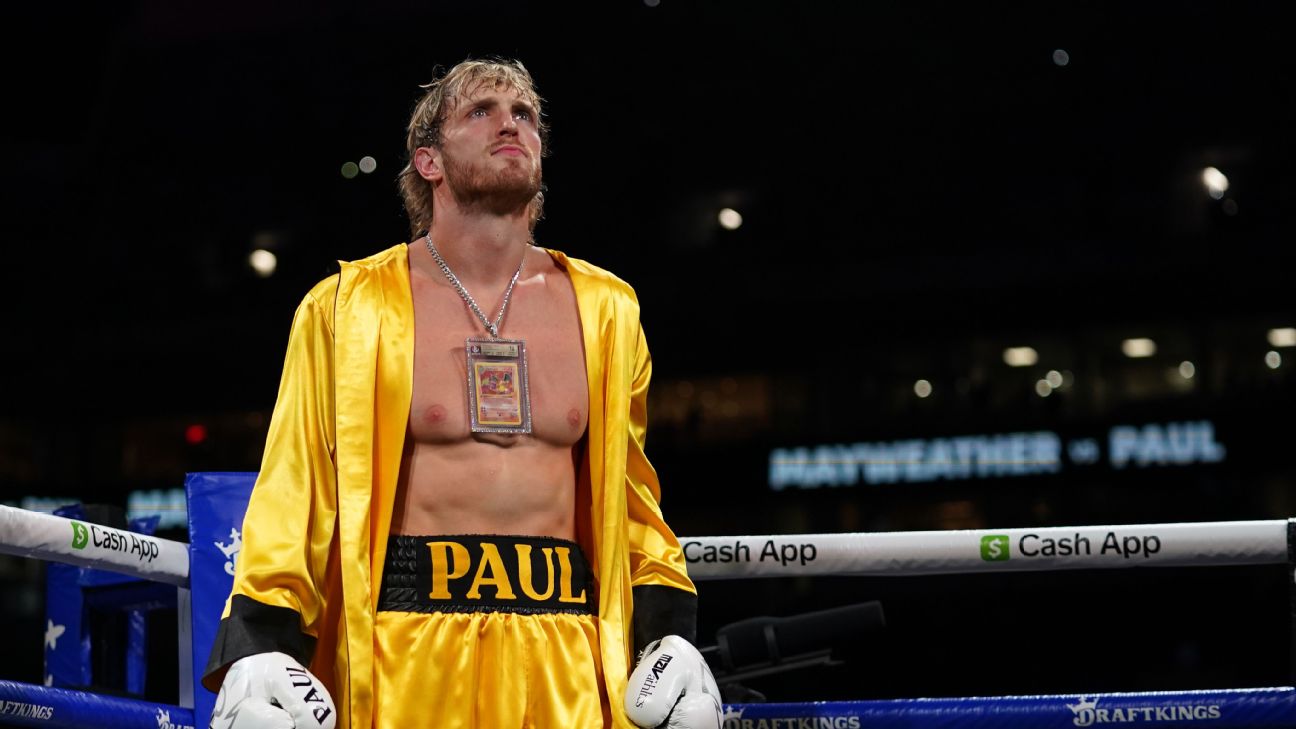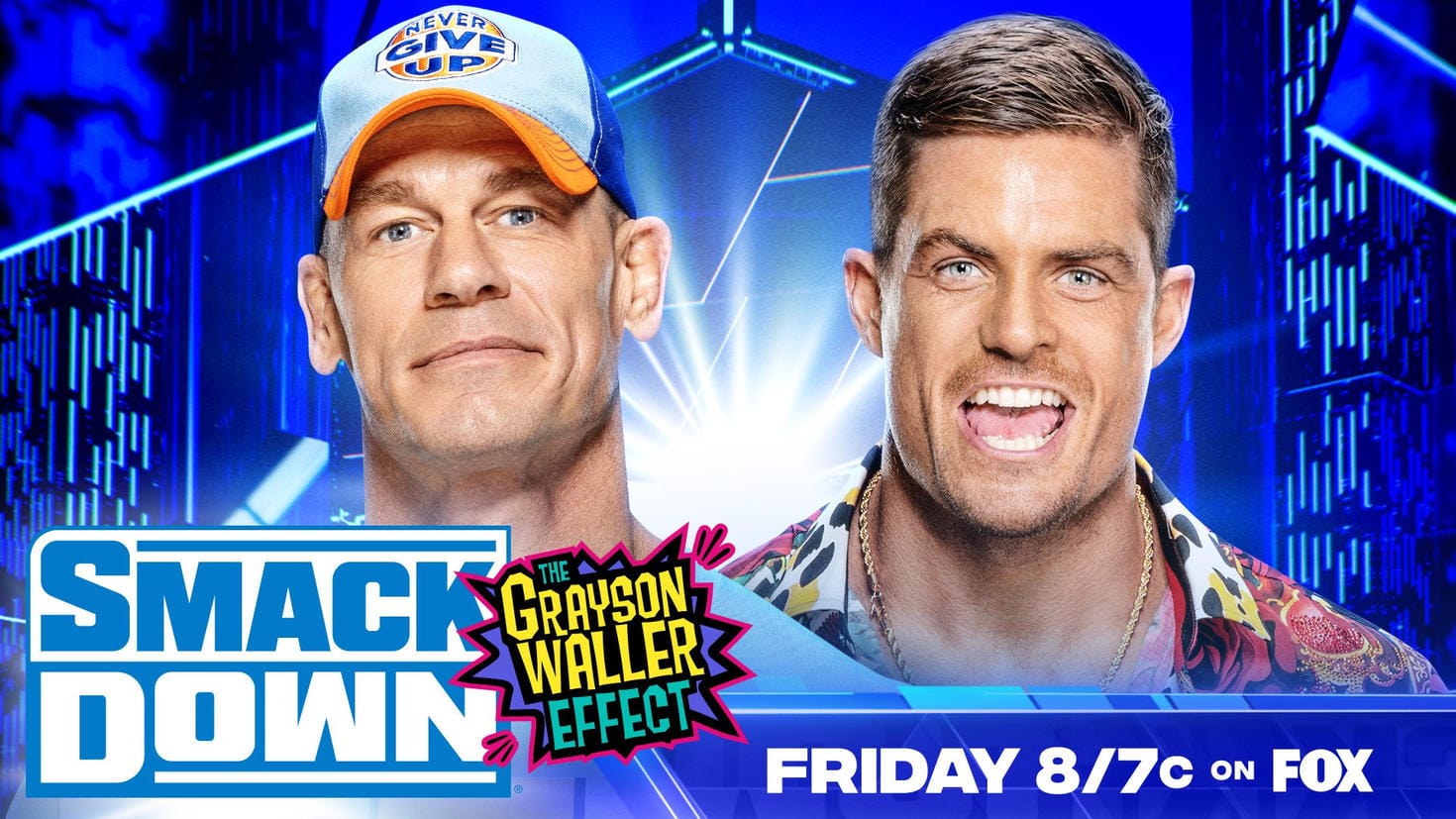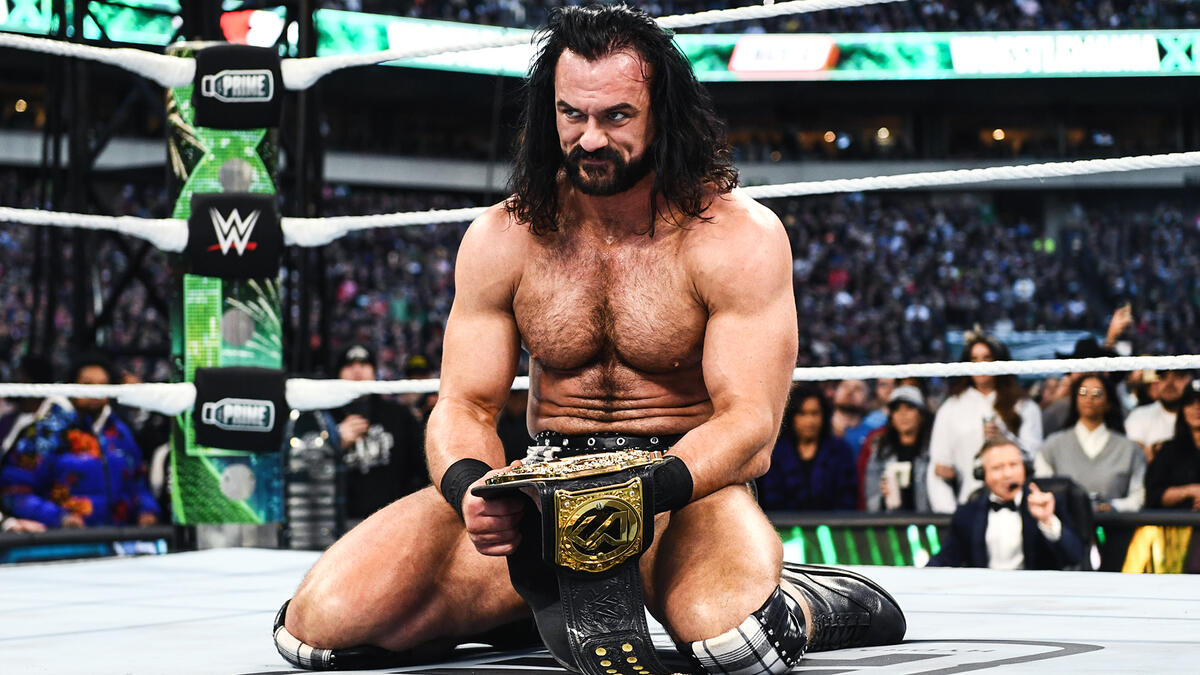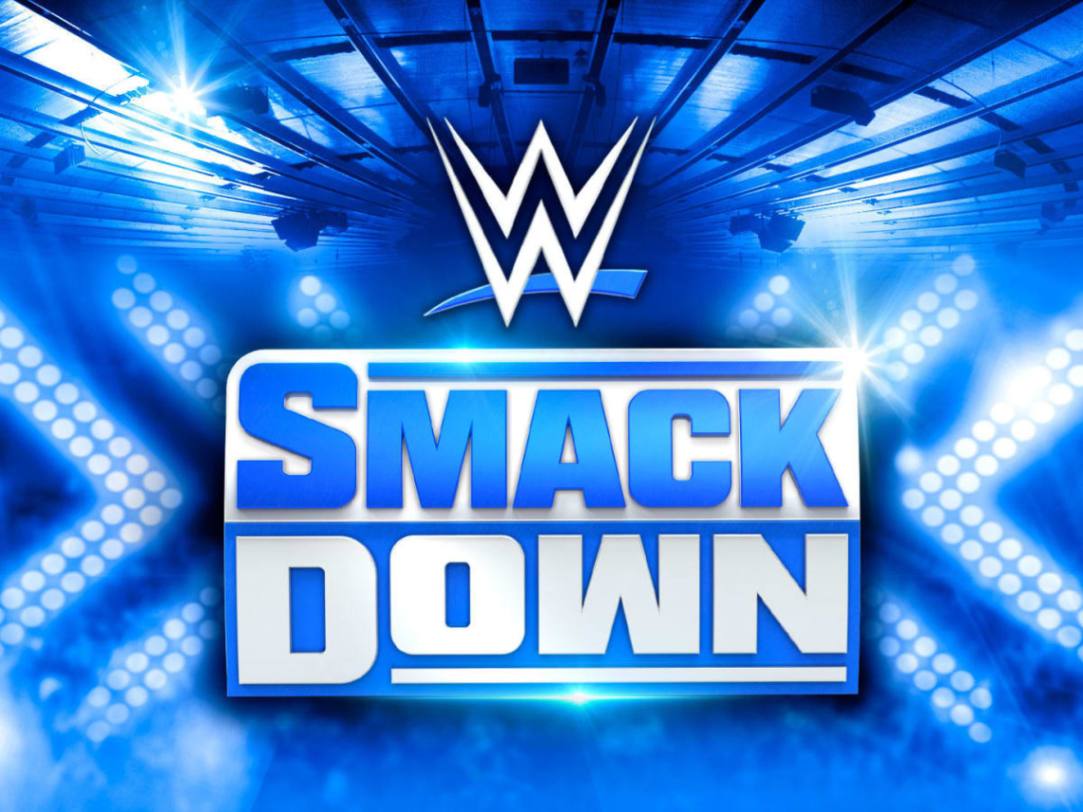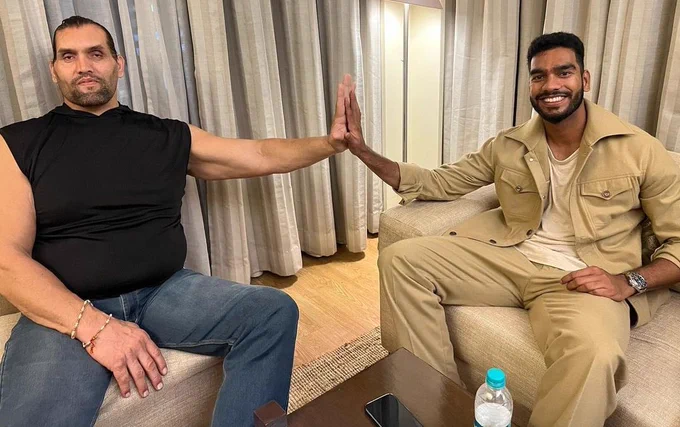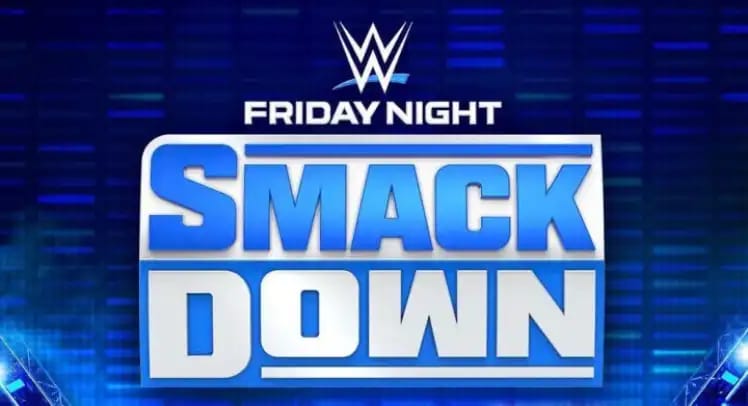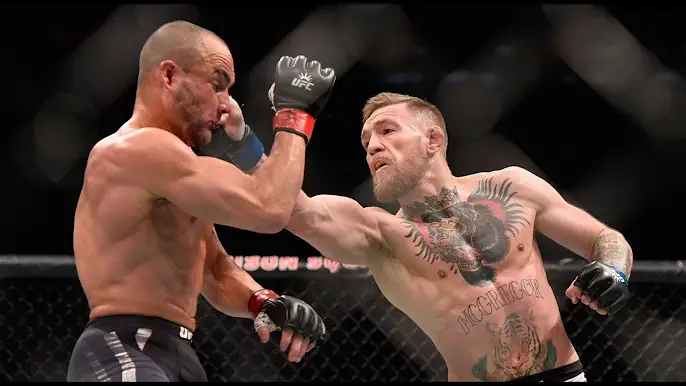The Evolution of Weight Classes in UFC: How Fighters Adapt
Founded in 1993, the Ultimate Fighting Championship (UFC) has grown from a raw spectacle that allowed all styles of martial arts to battle for absolutely nothing but pride and bragging rights into one of the most successful regulated sports on earth. Arguably the most important aspect of this evolution has been their weight classes. It is these weight categories that have shaped not just fighter strategies and careers but ultimately the entire growth of mixed martial arts. In this article, we take a look at the history of UFC weight classes, how they have changed over time, and the fighters who fought there.
Origins of the UFC and absence of weight classes
Back in the early days of the UFC, weight classes didn’t even exist. The first couple of events were created to finally see which martial art style was the best and most effective in an open, no-holds-barred setting. Fighters of all sizes and disciplines (and sometimes none) took on one another, leading to matches where a 170-pound Brazilian Jiu-Jitsu practitioner like Royce Gracie could take out guys much bigger than him.
That being said, this open-door policy for all competitors, regardless of size, also leads to significant safety and competitive balance issues. This size and strength disparity created a situation skewed toward the danger side of things, lacking equality amongst opponents. As the sport grew over time and gained more legitimacy, weight classes were eventually needed.
Weight Class Introductions
The first weight classes were introduced in UFC 12 as a result of pressure from state athletic commissions. There were initially only two classes: heavyweight (over 200 pounds) and lightweight (under 200 pounds). It was an effort to protect the safety and integrity of fighters. The UFC then continued to refine and grow its divisions, aligning much closer weight-wise in the same vein as standard boxing over many years.
The Modern Weight Classes
The UFC has eight weight divisions for men as part of their mixed martial arts organization, and that includes four different women’s divisions:
Men’s Weight Classes:
Flyweight: up to 125 lbs (56.7 kg)
Bantamweight: up to 135 lbs (61.2 kg)
Featherweight: up to 145 lbs (65.8 kg)
Lightweight: up to 155 lbs (70.3 kg)
Welterweight: up to 170 lbs (77.1 kg)
Middleweight: up to 185 lbs (83.9 kg)
Light Heavyweight: up to 205 lbs (93.0 kg)
Heavyweight: 206 to 265 lbs (93.4 to 120.2 kg)
Women’s Weight Classes:
Strawweight: up to 115 lbs (52.2 kg)
Flyweight: up to 125 lbs (56.7 kg)
Bantamweight: up to 135 lbs (61.2 kg)
Featherweight: up to 145 lbs (65.8 kg)
How Weight Classes Affect Fighters
Strategic weight management
The introduction and later expansion of different weight classes have drastically changed the way fighters train for their fight camps. Over the years, weight management has become a key component of a fighter’s preparation. Some fighters undergo attempts at extreme weight cutting in order to compete in a lower competitive weight class, hoping it will result in the fighter having size, strength, and improved skill level advantages over opponents.
However, this method is not without significant risks. The drastic weight loss from dehydration develops serious health problems like kidney failure, impairment of cognitive and mental skills, and an increased potential for injury during live combat. In order to account for these risks, a lot of fighters work with nutritionists and weight management specialists who ensure there are no health safety issues in the weight-cutting process.
Skill Adaptation
It has even affected what skills and techniques different fighters have focused on. Take lighter weight classes as an example; speed, precision, and agility tend to be the focus. In these divisions, fighters regularly employ a volume-striking approach combined with movement in the standup and dynamic grappling outside of the clinch.
Higher-weight classes tend to focus more on power and associated strength and endurance. For example, heavyweights might value elite one-shot knockout power and control of the clinch more heavily than other fighters given their size and strength advantages. And this is not to say that heavier-weight class fighters do not have technical skills, but it does throw the spotlight on physical traits when considering how their fighting style will manifest.
Changes in Training Camps and Strategies
With the sport of MMA evolving, so have training methods for fighters. MMA training camps today can be rather intricate institutions that frequently have different professionals accompanying fans of various disciplines, i.e., striking (boxing, kickboxing, Muay Thai), grappling (Brazilian Jiu-Jitsu, wrestling), strength and conditioning, and sports psychology. The approach taken here will only make the fighters continue to become champs because they are so well-rounded and able to adapt no matter what their opponent brings.
Cross-Training
The evolution of fighter preparation also led to more emphasis on cross-training. The original fighters in the UFC were often specialized in only one discipline, but today’s competitors are well versed in all manners of different techniques. This adaptability is key in a sport where adversaries could have different strengths and vulnerabilities.
A fighter who is primarily a striker might drill professional wrestling take-downs and submission grappling on the grounds that they can contrarily affect their striking game, which would not leave him or her helpless against an officially all-around adroit wrestler. At the same time, a grappler might improve their striking game to make themselves less predictable and more well-rounded in the octagon.
Technological Advances
Technology integration has also been monumental in the development of how fighters train. Internship Tracking Configure high-speed cameras, motion sensors, and more top-end tools that help in analyzing the movements with great precision that can also be scrutinized by fighters and coaches. This data-driven strategy is essential to advance your skills, maximize efficiency, and reduce the risk of injury.
Regulations and Athletic Commissions
Weight Classes: Athletic commissions and other regulatory bodies are responsible for overseeing fighters’ weights, given that weight cutting is a very dangerous practice in MMA. These organizations oversee weight limits and organize weigh-ins before each fight. Throughout time, fighting regulations have changed to tougher restrictions, such as addressing weight categories and advancing fighter safety.
Early Weigh-Ins
Early weigh-ins are one of the major changes brought on board by athletic commissions. In the past, fighters would weigh in a day before fight night due to severe dehydration caused by rapid rehydration within 24 hours. According to data, early weigh-ins (conducted in the morning) allow fighters more time afterward to rehydrate and recover, which reduces injury rates overall while increasing fighter performance.
Hydration Testing
Some athletic commissions have also implemented early weigh-ins to deter fighters from such extreme weight-cutting. These tests guarantee that fighters are not too dehydrated in order to prevent unhealthy behaviors and extreme weight cuts. Some organizations, such as ONE Championship, have even gone so far as to implement this rule, making fighters compete at their true weight based on regular hydration and weight checks.
Case Studies: Fighters Who Adapted Successfully
Georges St-Pierre
Georges St-Pierre is one of the most successful fighters in the history of the UFC. He moved out of his original weight class to another place and became great. Coming up in the welterweight division (170 lbs), GSP ruled his weight class by way of being an elite wrestler and striking while also famously strategizing every move that was made. GSP later moved to the higher weight class (185 lbs) and won a championship title in it, which shows how much easier he could adapt to different weight classes or opponents.
Daniel Cormier
Daniel Cormier is another prime example. Once a heavyweight, Cormier dropped down to the light-heavyweight division (205 lbs) after entering the UFC, not wanting to compete against his friend and training partner Cain Velasquez. However, Cormier’s adaptability and skillset saw him win gold in both divisions, which serves as a testament to how good he could be at strategic weight management.
The Future of UFC Weight Classes
UFC weight classes continue to evolve. Additional regulation in the sport will likely still remain on a case-by-case basis as its growth continues and change is needed to protect fighters from themselves, so changes can very well come soon or down the line. Future developments may include adding more weight classes, decreasing the disparity between them, and alleviating extreme weight cutting.
In addition, advances in sports science and medicine may provide future development of more advanced techniques for determining fighter weight and associated hydration changes. These improvements could mean that fighters would compete at their healthiest and in the best fighting condition possible, helping to raise the quality of talent.
The establishment of weight classes in the UFC is a key consideration for its growth, as new categories allow improved competition and contribute to safety within the octagon. Fighters have adjusted through soft skill weight control, improved technique, and acceptance of more productive training methods. The UFC and MMA growth as a whole will constantly push the evolution of weight classes to be at its core, dictating careers in the sport for fighters around the global basin whose future may very well depend on this.

